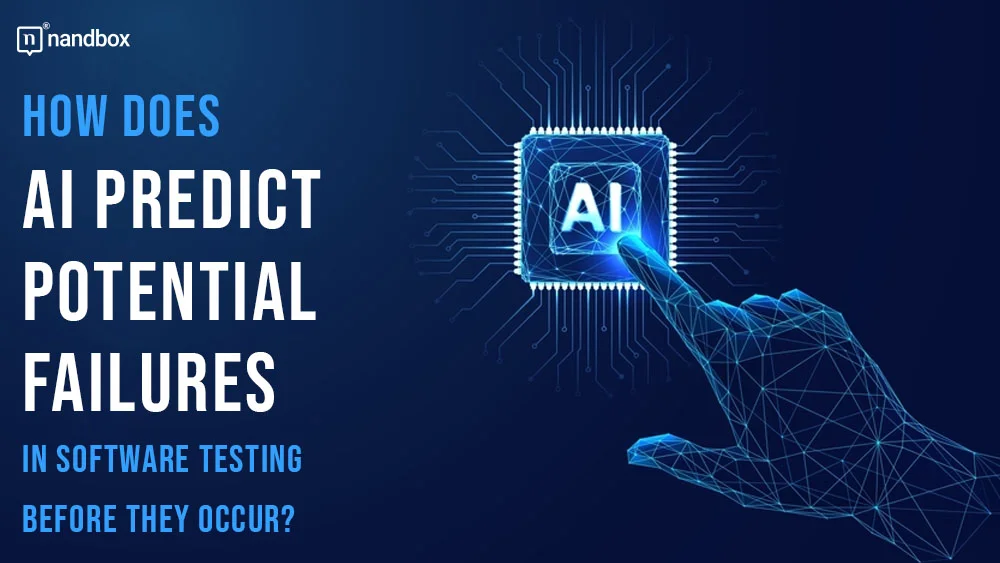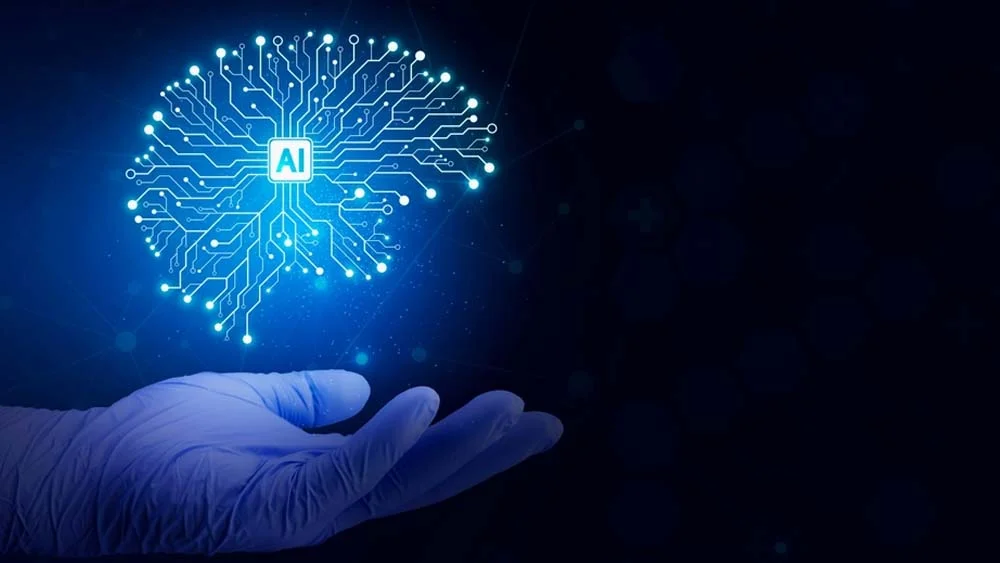Artificial Intelligence is revolutionizing software testing by predicting potential failures before they occur. This proactive approach enhances the quality and reliability of software products while significantly reducing development time and costs. AI-powered predictive analytics in software testing can identify patterns and anomalies in code, anticipating issues that might arise during execution.
AI leverages vast amounts of historical data from previous test runs, bug reports, and user feedback to build predictive models. These models analyze code changes, system architecture, and test environments to forecast areas of high risk. By focusing on these potential trouble spots, testing teams can allocate resources more effectively and catch bugs earlier in the development cycle.
The integration of AI in software testing not only improves efficiency but also enhances the overall user experience. As different types of AI testing continuously learn and adapt, they become increasingly accurate in their predictions, leading to more robust and reliable software products. This innovative approach to testing is transforming the software development landscape, enabling companies to deliver higher-quality applications faster than ever before.
Key Takeaways
- AI predicts software failures by analyzing patterns in historical data and code changes
- Predictive analytics in testing improves resource allocation and speeds up development
- AI Testing enhances software quality and user experience through continuous learning
Foundations of AI in Predictive Software Testing
AI and machine learning form the backbone of predictive software testing. These technologies leverage data and analytics to anticipate potential issues before they manifest in production environments.
Understanding AI and Machine Learning
AI systems use algorithms to process data and make decisions. Machine learning, a subset of AI, enables systems to learn from experience without explicit programming. In software testing, AI analyzes patterns in code, test results, and user behavior to identify potential defects. Neural networks, a key component of machine learning, mimic human brain function to recognize complex patterns. These networks process vast amounts of data to improve their accuracy over time. AI-powered testing tools can automatically generate test cases, prioritize testing efforts, and predict areas of code most likely to contain bugs.
The Role of Data in Software Testing
High-quality data is crucial for effective AI-driven software testing. Historical test results, bug reports, and code changes provide the foundation for predictive models. Real-time data from production environments helps AI systems detect emerging issues quickly. Continuous data collection and analysis allow for ongoing refinement of predictive models. Data cleaning and validation are essential steps to ensure the reliability of AI predictions. Inaccurate or incomplete data can lead to false positives or missed defects.
Predictive Analytics and Model Training
Predictive analytics uses statistical techniques and machine learning algorithms to forecast future outcomes based on historical data. In software testing, this approach helps identify potential failure points before they impact users. Model training involves feeding large datasets into machine learning algorithms to create predictive models. These models learn to recognize patterns associated with software defects or performance issues.
Regular model updates are necessary to maintain accuracy as software evolves. Feedback loops incorporating new test results and production data help refine predictions over time. AI models can predict not only where defects might occur but also estimate their potential impact on system performance and user experience.
Implementation and Benefits of AI-Driven Testing
AI-driven testing transforms software quality assurance through enhanced efficiency, proactive failure prevention, cost reduction, and improved user experiences. These advancements revolutionize traditional testing approaches, offering significant benefits to development teams and end-users alike.
Enhancing Testing Efficiency and Accuracy
AI technologies significantly boost testing efficiency and accuracy. Machine learning algorithms analyze vast datasets from previous tests, identifying patterns and potential weak points. This enables testers to focus on high-risk areas, reducing time spent on less critical components. AI-powered tools automate repetitive tasks, freeing up human testers for more complex scenarios. These tools can execute thousands of test cases simultaneously, dramatically increasing test coverage and speed.
Natural language processing allows non-technical team members to create and run tests, broadening participation in the quality assurance process. AI also adapts to changes in application behavior, automatically updating test scripts to maintain relevance.
Proactive Failure Prevention and Maintenance
Predictive maintenance is a key benefit of AI-driven testing. By analyzing historical data and current system behavior, AI algorithms can forecast potential failures before they occur. Anomaly detection systems continuously monitor applications, identifying unusual patterns that may indicate emerging issues. This proactive approach allows teams to address problems early, preventing costly downtime and user frustration.
AI-powered real-time monitoring provides instant alerts on performance dips or unusual user behavior. This enables rapid response to issues, often before users even notice them. By predicting future failures, AI helps teams prioritize maintenance tasks and allocate resources more effectively. This strategic approach to maintenance can significantly extend the lifespan of software systems.
Cost Reduction and Process Optimization
AI-driven testing leads to substantial cost savings and process optimization. Automated testing reduces the need for large manual testing teams, cutting labor costs while increasing test coverage. Resource management improves as AI allocates testing resources based on risk analysis and historical data. This ensures efficient use of computing power and human expertise.
Faster bug detection and resolution cycles shorten development timelines, allowing products to reach the market quicker. This can provide a significant competitive advantage in fast-paced industries. AI optimizes test case selection, eliminating redundant tests and focusing on areas most likely to reveal defects. This targeted approach maximizes the return on investment for testing efforts.
AI in Enhancing User Experience and Satisfaction
AI technologies play a crucial role in improving user experience and satisfaction. By analyzing user interaction data, AI can identify usability issues and suggest improvements. Real-time feedback mechanisms powered by AI allow for rapid iteration based on user behavior. This helps development teams quickly address pain points and enhance features that resonate with users.
AI-driven personalization tailors the user experience to individual preferences, increasing engagement and satisfaction. This can lead to higher user retention rates and positive word-of-mouth marketing. Predictive models anticipate user needs, allowing applications to proactively offer assistance or relevant features. This creates a more intuitive and responsive user experience, setting products apart in competitive markets.
Conclusion
AI is transforming software testing by predicting potential failures before they occur. Through pattern recognition and data analysis, AI tools can identify weak points and suggest targeted test cases. This proactive approach enhances test coverage and reduces the risk of critical issues reaching production. As AI capabilities continue to advance, its role in software quality assurance will likely become even more pivotal.





